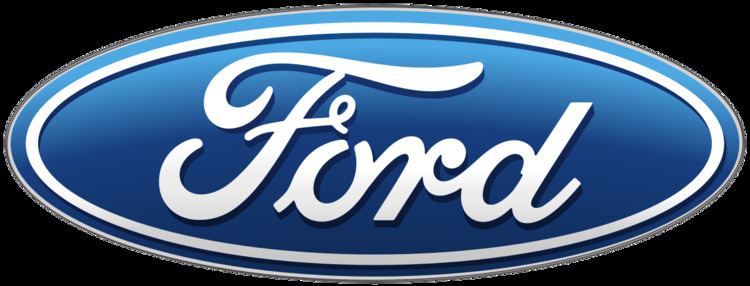Products Automobiles Headquarters Auckland Parent organization Ford Motor Company | Website Ford New Zealand Founded 1936 | |
 | ||
Type Limited company, subsidiary of Ford Motor Company Industry Automotive
Automotive industry in New Zealand Key people Simon Rutherford (Managing Director) Profiles | ||
Ford New Zealand. Ford Motor Company of New Zealand Limited is the New Zealand subsidiary of Ford Motor Company. Its distribution and assembly operations began in 1936 when it took them from the local franchisee. Since the closure of its final assembly plant in Wiri, Auckland in 1997, all of its product offerings are fully imported, from Australia (Falcon and Territory, until end of 2016), Asia, Europe and as of late 2015 from the USA (Mustang).
Contents
History
In 1936, the Ford Motor Company of Canada took over distribution and vehicle assembly from New Zealand owned Colonial Motor Company establishing a new plant at Seaview near Wellington while CMC retained vehicle dealerships. The fresh new Ford plant's architecture was the same distinctive pattern as Ford local assembly plants all over the world. On the outbreak of war production shifted solely to military work and, during World War II, Ford New Zealand produced 10,423 vehicles including Bren Gun Carriers as well as 5.7 million hand grenades and 1.2 million mortar rounds. Civilian car production resumed in 1946 which was also the year assembly of the Fordson tractor was introduced in New Zealand. In 1965 a parts depot opened in Auckland leading the transfer of operations from Wellington to Auckland and in 1972 a transmission and chassis manufacturing facility at Wiri, Manukau City. The Auckland assembly plant was also completed in 1972 and began building Falcons the next year. In 1981 an alloy wheel plant was opened at Wiri. By 1987 most operations had been moved from Seaview Wellington to Wiri, Manukau City, Auckland and the Seaview plant was closed in 1988 after 52 years. Ford New Zealand underwent a major restructuring in 1987-88, including relocation of all operations to Wiri.
Products made by Ford New Zealand up from the early 1950s until the 1980s (with exception of the Falcon/Fairmont range, and low volume American product until the 1960s) were predominantly British. Generations of New Zealanders grew up with Anglias (known by many as the "Anglebox"), Escorts, Cortinas, Zephyrs and Zodiacs just as New Zealand's immediately preceding generation grew up with Canadian sourced (for Imperial Preference tariffs) but locally assembled Model Ts, Model As and Ford V8s. All were successful. Falcons from Australia were very popular running a close second to Holden right through from the 1960s to the 1980s.
In common with other countries in the Asia Pacific region, Ford New Zealand marketed the Mazda-based Laser and Telstar, which replaced the British Escort and Cortina in the early 1980s. Unlike Australia, however, the Sierra was assembled and sold locally in New Zealand in the mid-1980s and early 1990s, though generally only available as a wagon.
A wagon version of the Telstar was eventually offered in New Zealand, based on Mazda's GV platform - in fact New Zealand was the only country outside Japan where this body style was available. It continued to be marketed locally, along with a sedan version called the Telstar Orion, until 1997.
This sharing of models between Ford and Mazda led to the creation of a joint venture called Vehicle Assemblers of New Zealand (VANZ), in which Ford New Zealand held a 74 percent equity. This had followed the closure of Mazda's own assembly plant in Otahuhu in 1987. The Mazda 323 and 626, were assembled alongside the almost identical Ford Laser and Telstar until well into the 1990s. This was in contrast to Australia, where Mazdas were not assembled locally. Ford Australia switched to importing those models from Japan with the closure of its plant in Homebush, New South Wales.
However, free-market reforms in New Zealand in the late 1980s saw the lowering of import tariffs and a flood of used imports from Japan. Many of these were mechanically identical Mazda Capellas (as the 626 was known in Japan), as well as Ford Telstars and Mondeos. In addition, Australian-built Fords like the Falcon, and its GM rival, the Holden Commodore, could now be imported New Zealand duty-free.
With the demise of local car assembly looking inevitable, VANZ finally closed in 1997, and the alloy wheel plant was sold in 2001. Ford Australia ended manufacture in October 2016.
Ford New Zealand has added Ford Mustang to its range
